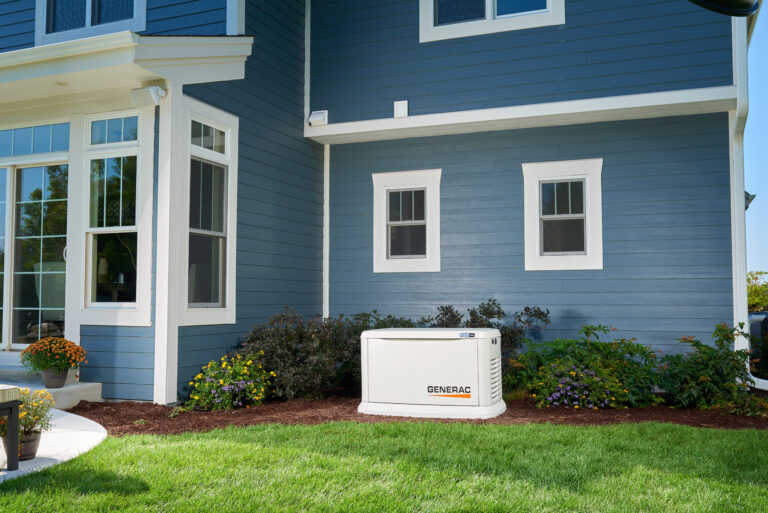Now more than ever, people are making their homes a sanctuary. If unprepared for an active hurricane season, they could suffer the wrath of Mother Nature. A normal hurricane season typically has 14 storms, including seven hurricanes and three major hurricanes. The 2022 hurricane season experienced 14 named storms, with 8 reaching hurricane force and two turning into major hurricanes. The CSU Tropical Meteorology project team predicts that the 2023 Atlantic hurricane season will be slightly below-average, citing the likely development of El Niño as a primary factor. The CSU Tropical Meteorology Project team is predicting 13 named storms during the Atlantic hurricane season, with researchers expecting six to become hurricanes and two to reach major hurricane strength with sustained winds of 111 miles per hour or greater.
“There is a lower level of confidence in this year’s hurricane forecast, and this is due to a few current factors. If El Nino is delayed by a month or two and arrives in late Fall or December at the end of the tropical season, this scenario likely results in an increase in the number of storms,” said Mark McGinnis, Certified Consulting Meteorologist with Fair Skies Consulting,
and a longtime observer of hurricane trends. “From a safety perspective, anyone living on the Gulf Coast and East Coast of
the United States should still prepare with the anticipation of a hurricane, no matter the seasonal forecast.”
When a hurricane strikes a community, it leaves a path of destruction. As a result of high winds and flooding from storm surge, homes can be destroyed or damaged. Power outages are another effect. About 70 percent of power outages in the U.S. are weather related and the effects of a power outage can be detrimental.
IS YOUR AREA HIGH RISK FOR A HURRICANE?
While every mile of the U.S. Gulf and East Coast is
vulnerable to a hurricane, there are locations that have
higher odds of being hit any given year. The National
Hurricane Center of the National Oceanic and Atmospheric Administration (NOAA) uses an analysis tool that quantifies
those chances, called the hurricane return period. This is the frequency at which a hurricane can be expected to pass within 50 nautical miles of a specific location.
For example, a return period of 20 years for a major
hurricane means that on average during the previous 100
years, a Category 3 or stronger hurricane passed within
50 nautical miles of that location about five times. Looking
forward, one could expect five Category 3 or stronger
hurricanes within that 50 nautical mile radius during the
next 100 years.
The areas with the highest return periods for a hurricane
of any category aare coastal North Carolina, south Florida
and southeast Louisiana, about every five to seven years.
Coastal New England has the lowest return period at 30
to 50 years. For major hurricanes, according to NOAA, the return period is longer.
Probabilities for at least one major hurricane landfall for 2023:
- Entire continental U.S. coastline – 44% (average from 1880–2020 is 43%)
- U.S. East Coast Including Peninsula Florida (south and east of Cedar Key, Florida) – 22% (average from 1880–2020 is 21%)
- Gulf Coast from the Florida Panhandle (west and north of Cedar Key, Florida) westward to Brownsville – 28%
(average from 1880–2020 is 27%)
Data source: CSU Tropical Meteorology Project Team



